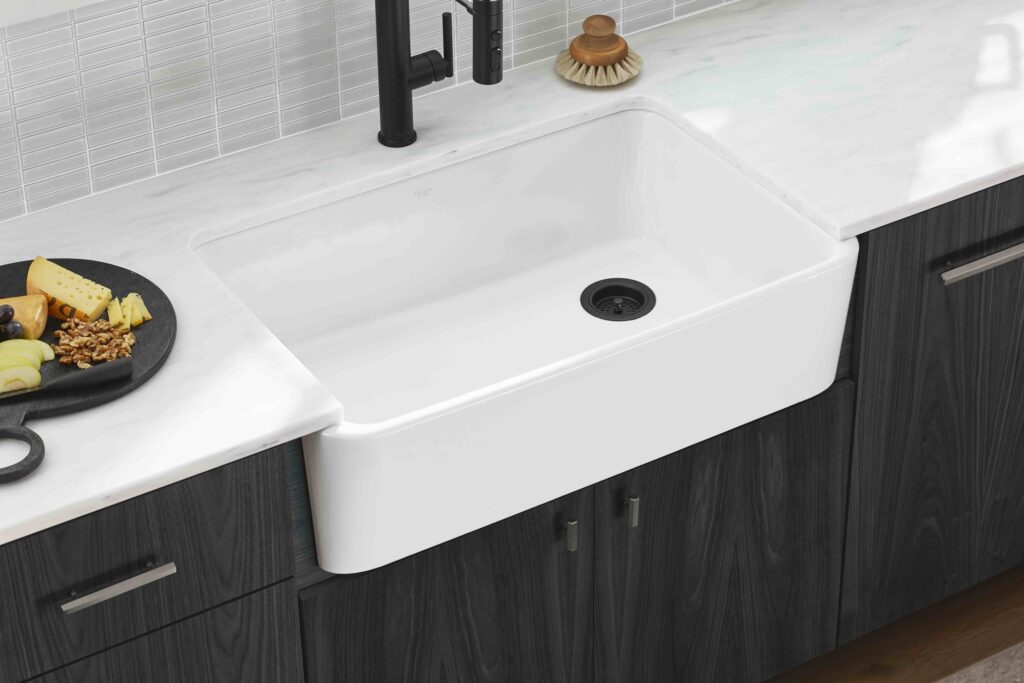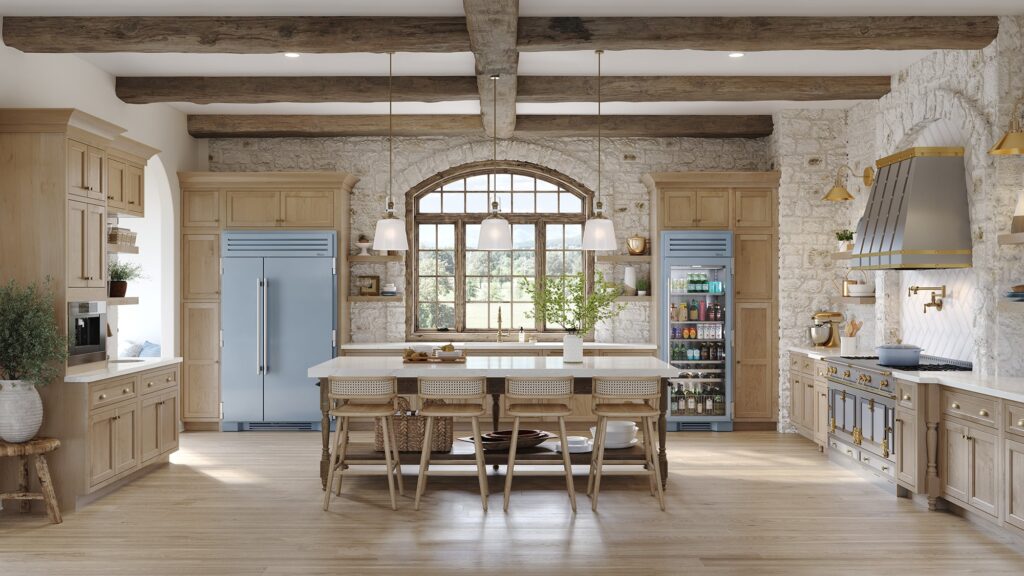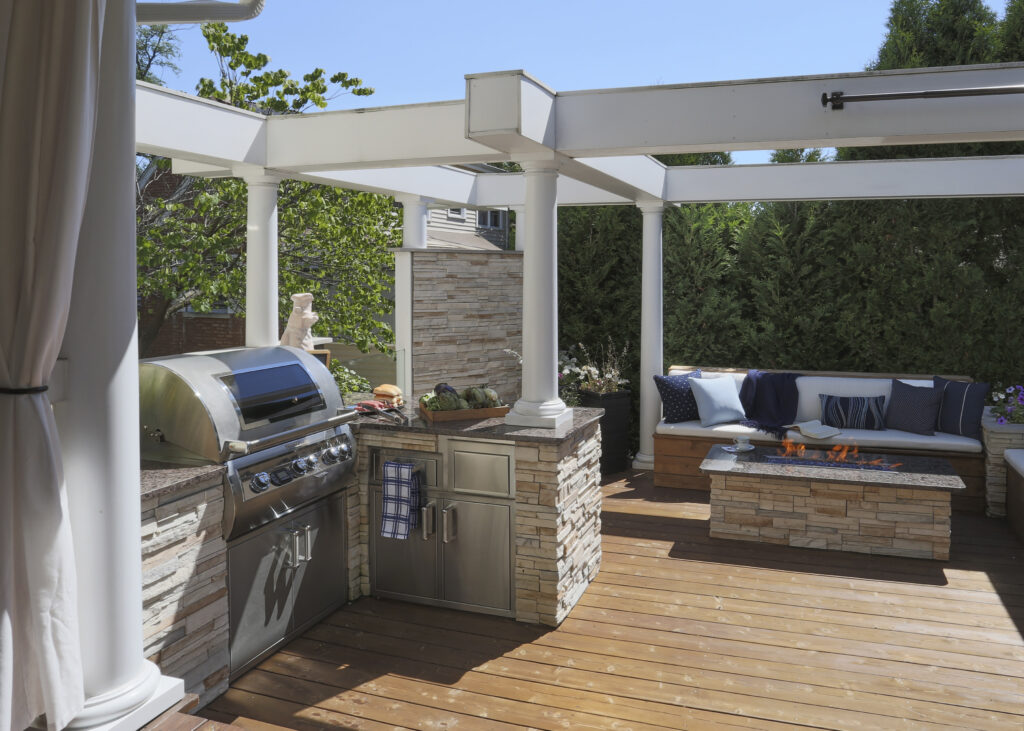
By Elisa Fernández-Arias
Key Takeaways
- Manufacturers most optimistic about 2024 sales
- They reported sales declined 1.3 percent YOY
- And their Q2 KBMI rating dropped
Despite a decrease in their Q2 KBMI rating, manufacturers are the most optimistic about 2024 out of all K&B industry segments, according to NKBA’s Q2 Kitchen & Bath Market Index (KBMI). The Index is a quarterly report on current/future kitchen and bath industry demand as well as issues and challenges facing industry professionals.
Manufacturers’ overall 53.9 KBMI rating is down from 58.4 in Q1, reflecting the slower growth reported across the industry. The rating is at its lowest level since the COVID-induced recession of 2020 and is in line with Q2 ratings from other industry segments – designers, builders and retailers.
Manufacturers’ KBMI rating for Current Conditions fell to 44.7 from 52.8 in Q1, while their rating for Near-Term Conditions declined to 63.9 from 65.8. Their assessment of Industry Health was nearly flat, at 65.6, slightly higher than the 65.0 reported in Q1.
Facing the Challenge of Chilled Demand
Higher interest rates and prices have chilled customer demand in the manufacturing segment. Consumers tightened their Q2 spending, resulting in a decline in both sales and orders. Orders for K&B products fell to -1.0 percent year over year, while sales were -1.3 percent year over year.
To offset higher prices, manufacturers reported that they are offering rebates, consumer incentives or builder discounts. They are also increasing minimum order quantities, streamlining marketing materials and opening lower-cost sales channels.
One bright spot for manufacturers is that capacity constraints are minimal. The manufacturing segment has seen six consecutive quarters of capacity improvement, with the majority (86 percent) facing no significant constraints in Q2. Slower activity has allowed manufacturers to catch up on backlogs. And lack of capacity constraints frees up manufacturers to meet demand and reduces overall lead times for most products. Lead times for refrigerators and cabinets, however, still exceed two months. However, the good news is that lead times will continue to decline as demand eases.
A Positive Outlook for the Future
Despite declining Q2 sales, manufacturers look to brighter times ahead. They expect sales to improve in the near future, rising by 1.2 percent in Q3; to some extent this optimism reflects a seasonal pickup that typically happens around the fall, as consumers travel less relative to summer months, according to the report. This rise in sales is expected to lead to growth of 2.3 percent for full-year 2023.
And manufacturers are feeling even more positive about next year, so much so that they are the most optimistic of all segments expecting a rebound in 2024. Six of 10 expect their revenues to grow in 2024, an indicator that the current slowdown will be short-lived. Only one in 10 expect their 2024 revenues to decline. “As the economy becomes more stable, we are hopeful that business will continue to prosper,” said one manufacturer. “We have found that the K&B remodeling sector has slowed down a bit but believe 2024 will pick right up.”
And manufacturers are ready to meet the coming demand for kitchen and bath products. Expecting renewed growth in 2024, around 71 percent reported that their current infrastructure is equipped to handle the surge in remodeling demand – or that they intend to increase their capital expenditures to align with that future demand.






































